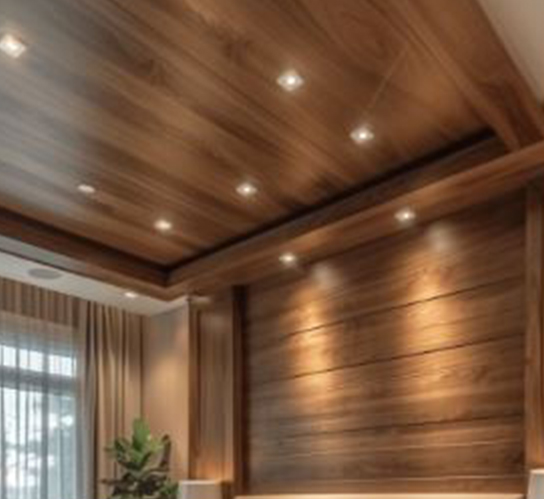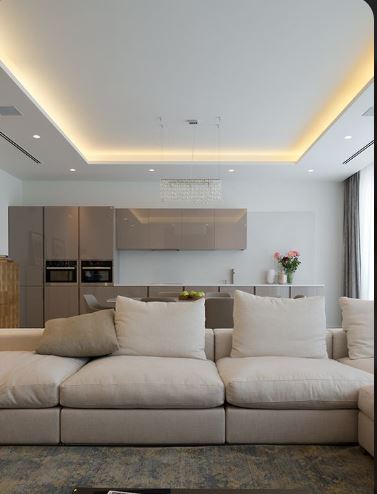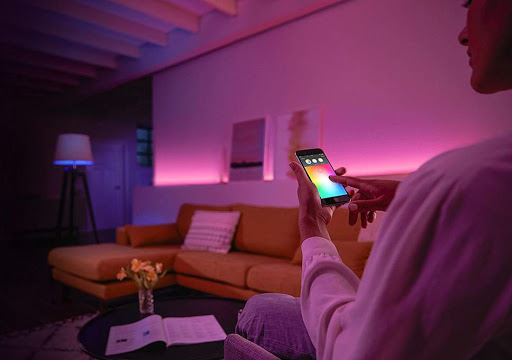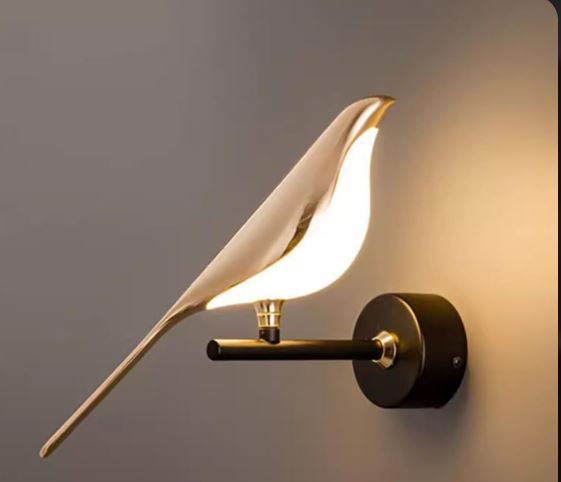Ambient Lighting (General Lighting)

Material:
- Glass, acrylic (diffusers)
- Metal (frames and holders)
- Polycarbonate
- Ceramic
Uses:
- Provides overall illumination to a space
Features:
- Uniform brightness across the room
- Ensures safe movement and visibility
- Usually installed as ceiling lights, chandeliers, or recessed lights







